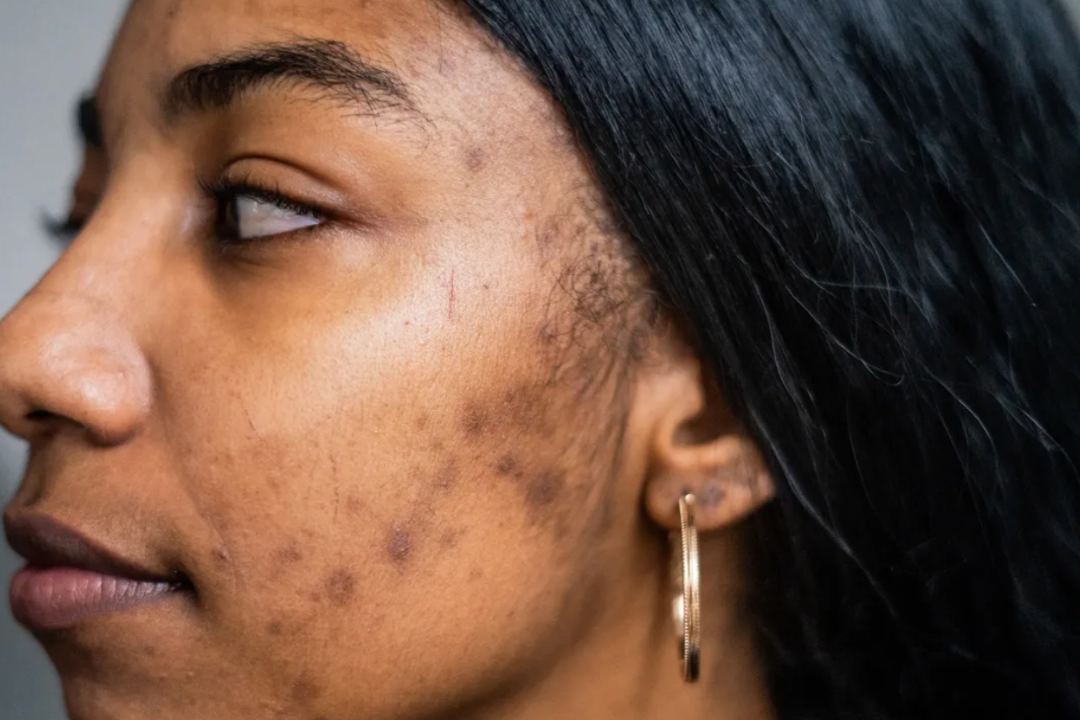Acne Marks vs Acne Scars: Understanding the Difference and How Fazit's Acne Scar Patch Can Help!
Dealing with acne can be a challenging experience, and it can often leave behind lingering reminders on the skin in the form of marks or scars. Acne marks and acne scars are often used interchangeably, but they are actually two different things. Understanding the difference between acne marks and acne scars is crucial in order to effectively treat and manage these skin concerns, and Fazit's Acne Scar Patch, made of medical grade silicone, can be a helpful solution in reducing the appearance of textured skin and flattening acne scars.
Acne marks, also known as post-inflammatory hyperpigmentation (PIH), are discoloration or dark spots that occur after an acne lesion has healed. They are flat and usually red, brown, or purple in color, and they can persist for weeks to months. Acne marks are caused by inflammation in the skin during the acne healing process, which triggers an overproduction of melanin, the pigment that gives color to our skin. While acne marks can be unsightly, they do not result in changes in the texture or structure of the skin and are considered temporary.
On the other hand, acne scars are permanent changes in the texture and structure of the skin that occur as a result of acne. Acne scars can be indented or raised, and they can have a rough or uneven texture. They are caused by damage to the skin's collagen and elastin fibers during the healing process of severe acne lesions. Indented scars are commonly referred to as atrophic scars and can appear as ice pick scars, boxcar scars, or rolling scars, depending on their shape and depth. Raised scars are known as hypertrophic scars or keloids, and they occur when there is an overproduction of collagen during the healing process. Acne scars can be emotionally distressing and may require more intensive treatments to improve their appearance.
Fazit's Acne Scar Patch, made of medical grade silicone, can be a valuable tool in managing both acne marks and acne scars. The silicone material creates a protective barrier over the affected area, helping to retain moisture and promote collagen production. This can help to reduce the redness and pigmentation of acne marks, while also softening the texture of acne scars and promoting skin healing. The patches are designed to be discreet and can be easily applied to the skin, making them a convenient and effective option for addressing textured skin caused by acne marks and scars.
In addition to using Fazit's Acne Scar Patch, there are other treatments available for managing acne marks and acne scars. For acne marks, topical treatments such as retinoids, hydroquinone, or vitamin C serums can help to fade the discoloration over time. Sunscreen is also crucial in preventing further darkening of acne marks, as sun exposure can worsen hyperpigmentation. For acne scars, treatments such as chemical peels, microdermabrasion, microneedling, or laser resurfacing can help to stimulate collagen production and improve the texture of the skin. In more severe cases, dermal fillers or surgical procedures may be recommended by a dermatologist.
In conclusion, understanding the difference between acne marks and acne scars is important in order to properly manage these skin concerns. While acne marks are temporary discoloration or dark spots, acne scars are permanent changes in the texture and structure of the skin. Fazit's Acne Scar Patch, made of medical grade silicone, can be a beneficial option in reducing the appearance of textured skin caused by both acne marks and scars. However, it's always recommended to consult with a dermatologist for a comprehensive evaluation and personalized treatment plan for managing acne marks and scars effectively.

